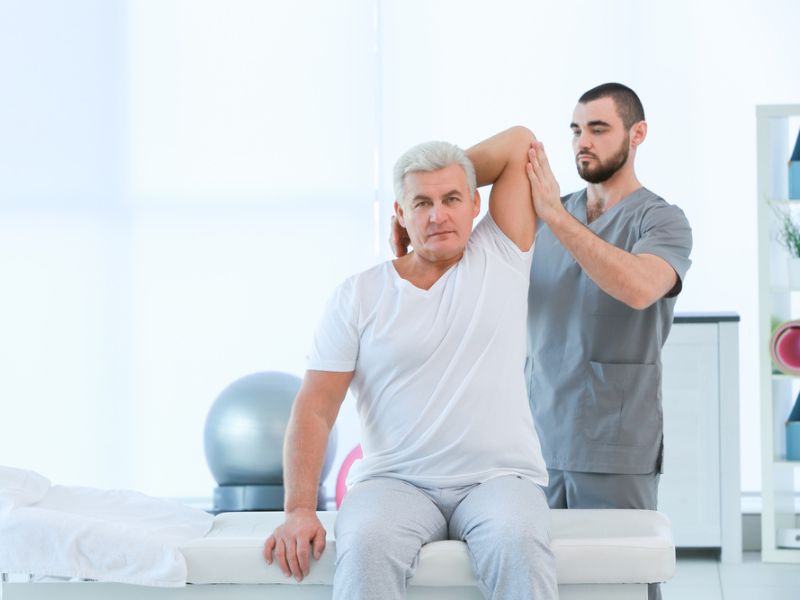Science, medicine, engineering, law, and even the military have made tremendous progress in shattering gender stereotypes in recent decades. When Perry Mason first aired in 1966, only 4 percent of female law students were female.
There are similar trends in other formerly male-dominated fields. Women now make up over twice as many STEM jobs as they did in 1980; the proportion has more than doubled to 27%. In the tech industry, progress has been slow. Most male-dominated professions have lost what Harvard’s Claudia Goldin calls the “auras of gender.”

Image Credit: Shutterstock/Africa Studio
However, it is not the same in reverse. Traditionally, traditionally female occupations, especially in the HEAL fields of health, education, administration, and literacy, have become increasingly “pink collar.” Only 26% of HEAL jobs are held by men, down from 35% in 1980.
Some occupations have seen a dramatic decline in male numbers. Since 1999, the number of men in psychology has fallen from 39% to 29%. Most STEM jobs pay well, while some HEAL jobs don’t. An average medical assistant makes $38,000 a year. There are also plenty of traditionally male jobs that don’t pay well: construction workers, bus and taxi drivers, for instance.
It is imperative to get more men involved in HEAL for three reasons. Men must seek employment in these sectors because traditional masculine occupations are declining. In addition, more men are needed in HEAL in critical disciplines due to labor shortages. The majority of registered nurses are over 50 years of age. The third reason men join HEAL is to provide better services to boys and men. In certain situations, men are more likely to provide care.

Image Credit: Shutterstock/Ground Picture
It is essential that the existing scholarships for women studying STEM subjects be extended to young men looking for HEAL subjects. More men should attend vocational training courses, such as in health administration.
Culture needs to change so that specific jobs are no longer regarded as male-exclusive. Many men who choose such roles face stigma as effeminate or failures in their careers. To enter male-dominated employment in health, women had to overcome gender stereotypes; men must do the same.